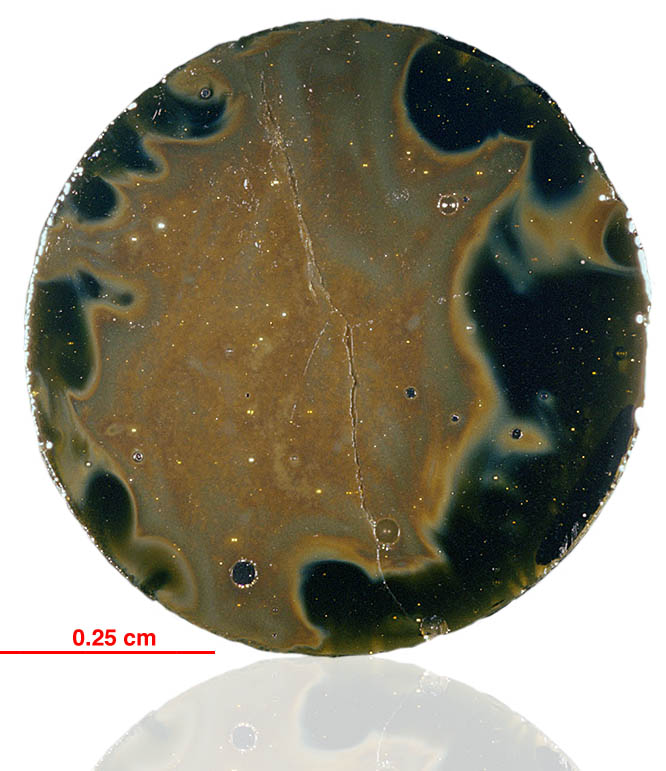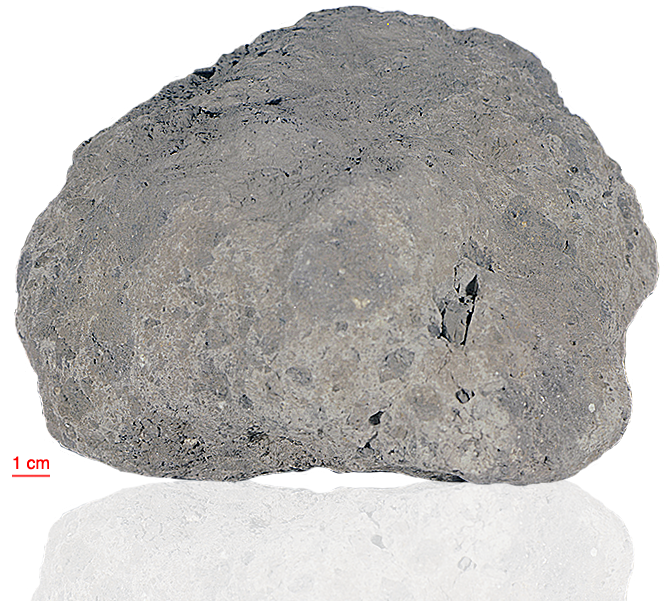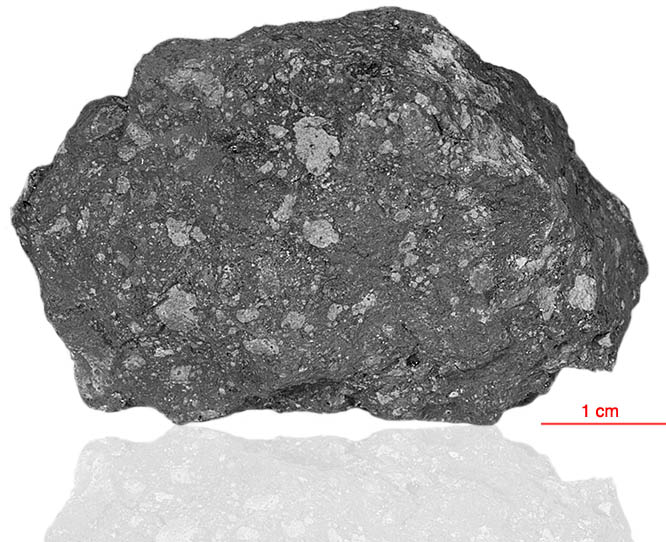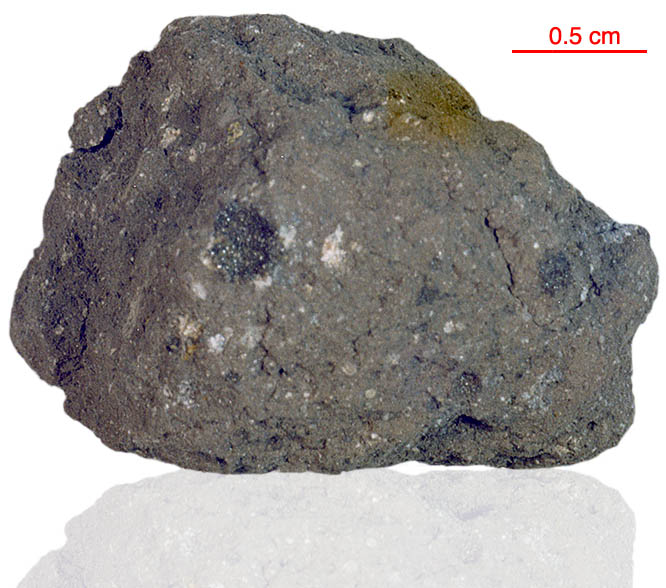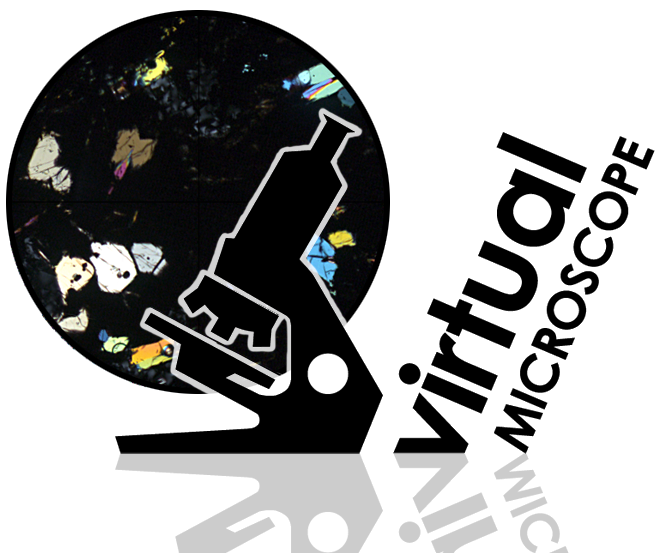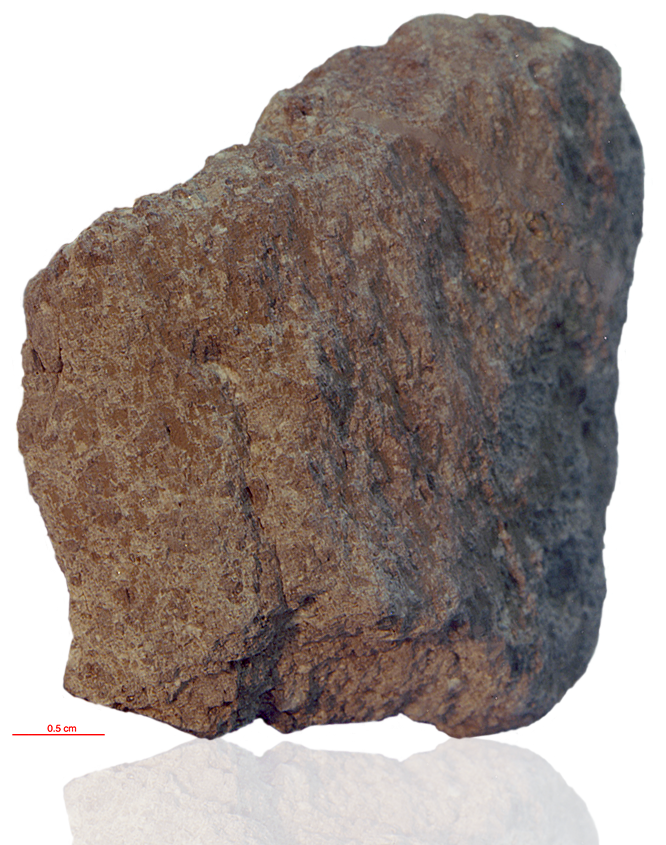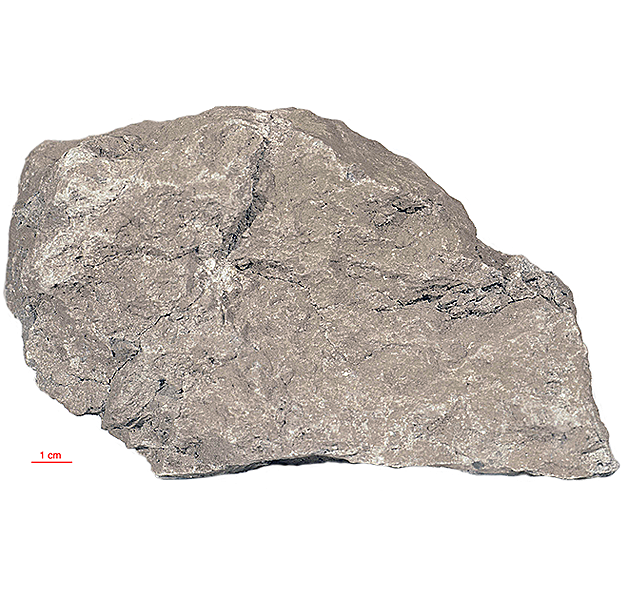
Fact sheet
14303 has an overall clastic nature being similar to samples 14305 and 14321, in that there is a “clast-in-clast” relationship indicating complex origin. The matrix of 14303 (and similar Apollo 14 breccias) is strongly annealed (thermally metamorphosed). On a very fine scale, the matrix is made up of interlocking grains of plagioclase, low-Ca pyroxene and ilmenite with occasional reaction rims around micro-xenocrysts of olivine, pyroxene or spinel.
The sample weighed 898.4 grams before analysis and its matrix is 3.91±0.04 billion years old (Ar/Ar). Zircon within granite clasts have been dated at 4.308±0.004 billion years old (U/Pb). Our thin section does not show any granite (or troctolite) clasts.
Further details of this and other Apollo samples are here: http://curator.jsc.nasa.gov/lunar/
The Apollo 14 landing site was in a region formed by impact-basin debris.
Most of the 42 kilograms of rocks and soil collected on Apollo 14 are breccias (rocks that are composed of fragments of other, older rocks). In some cases, the rock fragments that form a breccia are themselves breccias. Such rocks obviously have experienced complex histories with multiple generations of impact events. Some breccias were heated enough that some of the material in the rock was melted.
Apollo 14 was launched on 31 January 1971.

